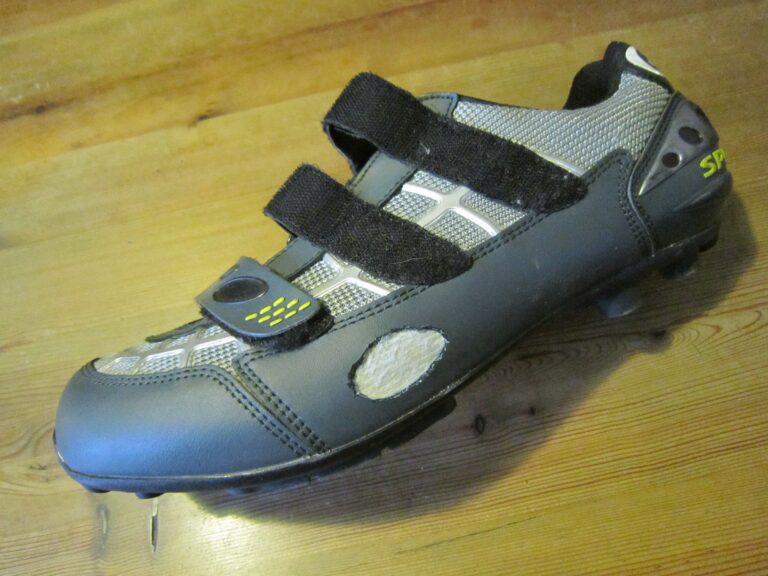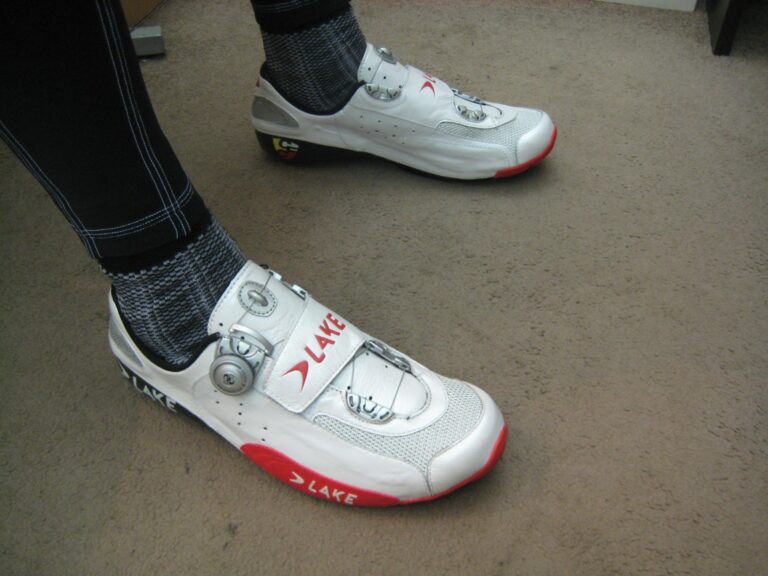
Part 1 of Extra Low Road Gearing unveiled the useful XC2 chainring format from Rotor, which uses a spider with both 110mm and 74mm Bolt Circle Diameters to provide mountain bikers with a double chainring option for faster cross-country riding.
The same format offers a solution for road riders wanting lower gearing than that possible with the now-popular Compact format, with two ‘rings on a common 110mm BCD, but without having to resort to fitting a triple chainset.
The range of suitable chainring sizes available from TA is vast, going from 24t to 36t on the inner ring and from 40t to a whopping 61t on the outer. There is a limit to the difference between sizes that the derailleur mechanisms will handle, with a long-arm rear mech and triple front obviously able to operate over a wider tooth count difference. A standard front and rear mech arrangement will handle a 16t difference on the front with a 12-27 cassette.
This offers the prospect of running 40/24 chainrings for a range from 88″ to 23″; we have gone higher with 45/30.

The Rotor XC2 spider is currently offered in a red anodised finish only. It is, of course, possible to get any such part anodised to another colour if so desired.
Both ‘rings sit on the inside of the spider. The outer needs a set of single chainring bolts while the inner is retained by the male threaded bolts only, which screw directly into the spider.
45/30 with a 12-27 cassette gives a gear range from 99″ down to 29″; low enough for comfortable touring in the hillier parts of the UK.

Standard road chainrings from TA with a 110mm BCD belong to the Zephyr range, while those with a 74mm BDC go by the name Zelito. Both types are, like all TA rings, machined from 7075 T6 aluminium alloy with teeth hob-cut on a lathe for accuracy of tooth profile.
Finish is immaculate and the outer rings have ramps and pins to improve shifting performance.

The Rotor Agilis crankset, like the Spanish company’s 3D design, fits Shimano’s Hollowtech II bottom bracket bearing format. Clearance is, naturally, perfectly adequate…

Smaller chainrings need a lower position for the front mech.
Correct adjustment is the same as for a larger ring, with the underside of the outer mech cage plate set to miss the tip of the highest chainring tooth by no more than 2mm.
Despite working on chainrings significantly smaller in diameter than those of the standard arrangement for which it was designed, the front mech shifts perfectly.
www.specialites-ta.com
www.chickencycles.co.uk





